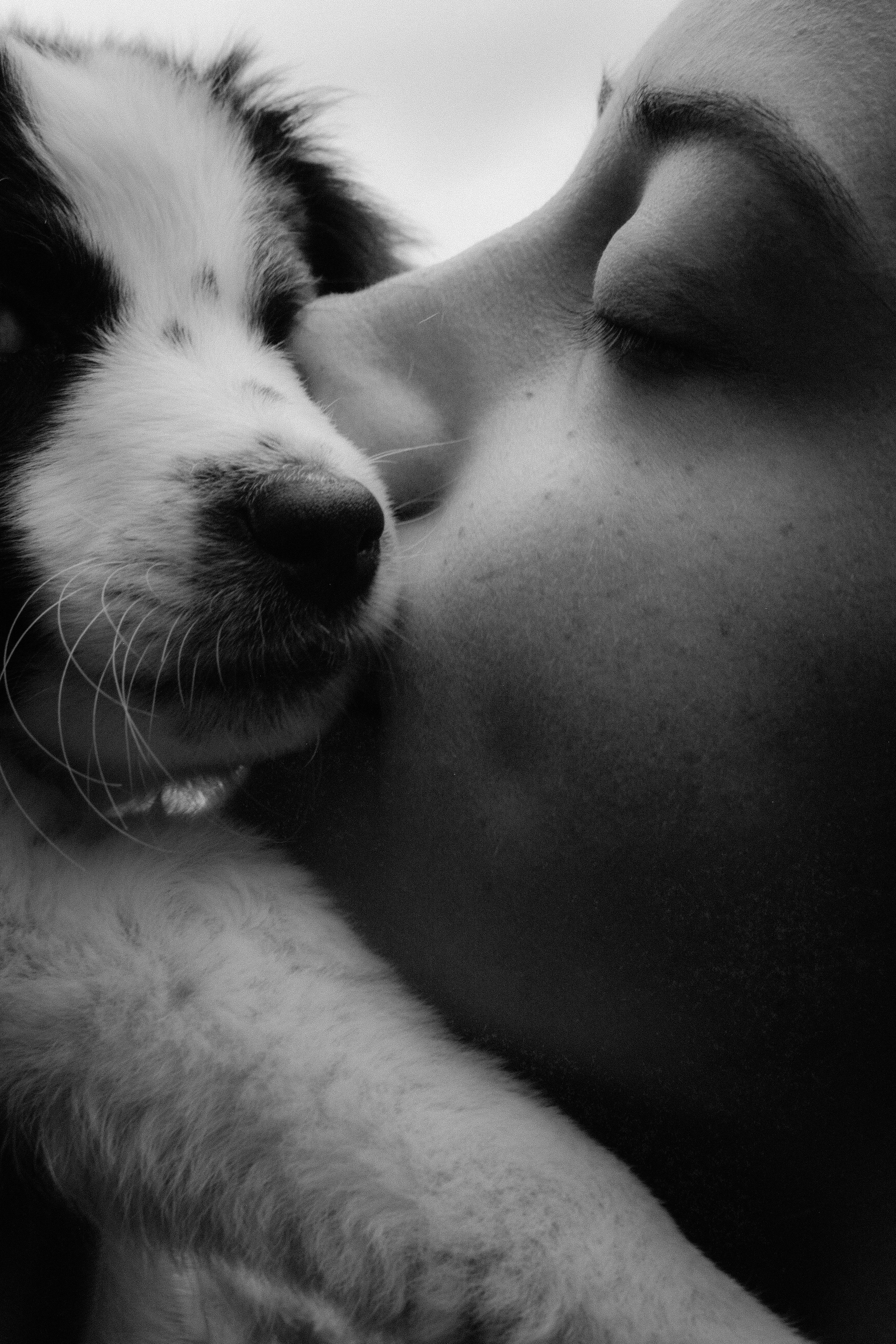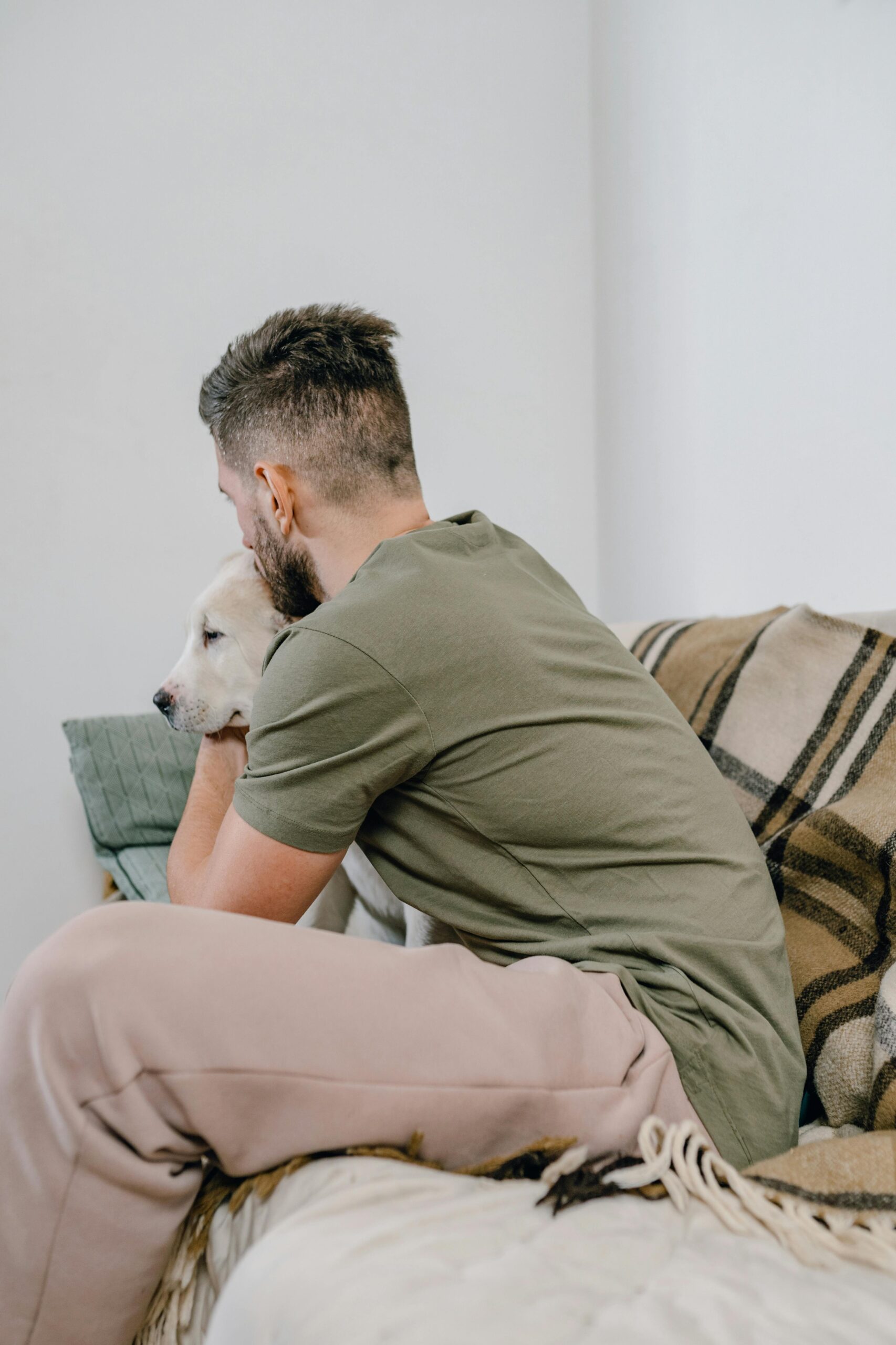How to Care for Your Pet After a C Section: Expert Guide
Welcoming new life through a pet’s C-section is both exciting and nerve-wracking. Proper care during the critical recovery period can make all the difference in your pet’s healing process. This guide will walk you through how to care for your pet after a c section, offering step-by-step advice, tips from professionals, and future-focused insights to ensure optimal recovery.

Understanding the Fundamentals
A C-section, or cesarean section, is a surgical procedure used to deliver puppies or kittens when natural birth poses risks. It’s common in certain breeds or when complications arise during labor. Understanding the recovery process is essential to ensure the health of both the mother and her offspring.
These fundamentals matter because improper aftercare can lead to infections, pain, or complications that could be fatal. Just like with humans, post-operative care requires attention, cleanliness, and emotional support.
1.1 Post-Surgery Physiology
After a C-section, your pet’s body undergoes significant changes. Pain, hormonal shifts, and physical stress are all factors that affect recovery. According to the American Veterinary Medical Association, surgical sites in animals typically take 10–14 days to heal externally, though internal recovery continues longer.
Common misconceptions include assuming pets can self-regulate healing or that pain isn’t severe. In reality, close monitoring is critical to avoid infections, disinterest in offspring, or behavioral changes.
1.2 Emotional and Maternal Instincts
Pets may be disoriented or lethargic post-surgery due to anesthesia or discomfort. Some may initially reject their litter. Unlike natural births, C-section recovery may delay bonding behaviors, especially in first-time mothers.
It’s important to create a calm environment that allows for safe bonding. You may need to facilitate nursing manually in the early stages.
Practical Implementation Guide
With the fundamentals in mind, it’s time to apply them. Knowing how to care for your pet after a c section means creating a safe, clean, and nurturing space while following veterinary guidance precisely.

2.1 Actionable Steps
- Create a Recovery Area: Set up a quiet, warm, and clean space where the mother and her young can rest undisturbed.
- Monitor the Incision: Check the surgical site twice daily for redness, swelling, or discharge. Avoid letting the pet lick or bite it.
- Nutrition and Hydration: Offer easy-to-digest, high-protein food and plenty of water. Appetite should return within 24–48 hours.
- Puppy or Kitten Assistance: Ensure all offspring are nursing adequately. Weak babies may need bottle-feeding or supplemental warmth.
- Veterinary Check-Ups: Schedule a post-op visit within 3–5 days to assess healing and maternal behavior.
2.2 Overcoming Challenges
Common issues include:
- Licking or chewing stitches – Use an e-collar or medical onesie to prevent interference.
- Refusing to nurse – Stimulate maternal instincts by placing babies close and gently guiding.
- Signs of infection – Look for fever, foul-smelling discharge, or excessive swelling and seek immediate vet care.
Expert tips:
- Keep the bedding dry and change it twice daily.
- Limit visitor interaction to reduce stress.
- Use vet-recommended pain relievers only.
Advanced Applications
Once your pet stabilizes, it’s possible to implement advanced care techniques to support full recovery and reduce long-term complications. Knowing when to escalate care is part of mastering how to care for your pet after a c section.

3.1 Wound Management Protocols
Advanced wound care involves using topical sprays and antiseptics recommended by veterinarians. For pets prone to licking, adhesive wound dressings offer extra protection. A study from Veterinary Surgery Journal found that hydrogel bandages reduced healing time by 30% compared to dry gauze alone.
3.2 Monitoring Behavior and Mood
Behavioral tracking apps or pet journals help monitor energy, feeding, and rest patterns. If your pet becomes withdrawn or overly aggressive, it may indicate pain or emotional distress requiring behavioral therapy or medication.
Future Outlook
Pet post-operative care continues to evolve with advancements in remote monitoring and veterinary telehealth. Devices that track temperature or pulse from home are becoming accessible, allowing earlier intervention.
In the next 3–5 years, expect AI-assisted diagnostics and app-integrated post-op plans tailored to your breed and surgical history. Staying informed helps pet owners prepare for better long-term outcomes.
Conclusion
Caring for your pet after a C-section involves:
- Understanding the physical and emotional aftermath of surgery
- Applying daily care techniques including wound monitoring and nutrition
- Adopting advanced tools when appropriate
With attention and love, you can guide your pet to a full recovery. Start now by preparing a dedicated space, learning warning signs, and building a care checklist for the next two weeks.
Frequently Asked Questions
- Q: How long does it take for a pet to recover from a C-section? Most pets recover externally in 10–14 days, but full internal healing may take up to a month depending on the species and individual health.
- Q: What should I do immediately after bringing my pet home? Set up a warm, calm area, offer water, and check for pain or discomfort signs. Limit movement for the first 24–48 hours.
- Q: How much time will I need to dedicate daily? Expect to spend 2–4 hours spread throughout the day monitoring, feeding, and cleaning in the first week.
- Q: What are the typical costs of post-op pet care? Costs range from $100–$400 for follow-ups, meds, and supplies, depending on complications and region.
- Q: How does C-section recovery compare to natural birth? C-sections require more monitoring, wound care, and sometimes pain management, whereas natural births have fewer surgical risks but more labor risks.
- Q: Is it hard to care for a pet after surgery? With proper guidance and setup, it’s manageable. The key is preparation, consistency, and veterinary support.
- Q: What if my pet is a working or show animal? Consult your vet before returning to training or competitions. Recovery plans should be adapted to the physical demands of your pet’s role.
